Dogs
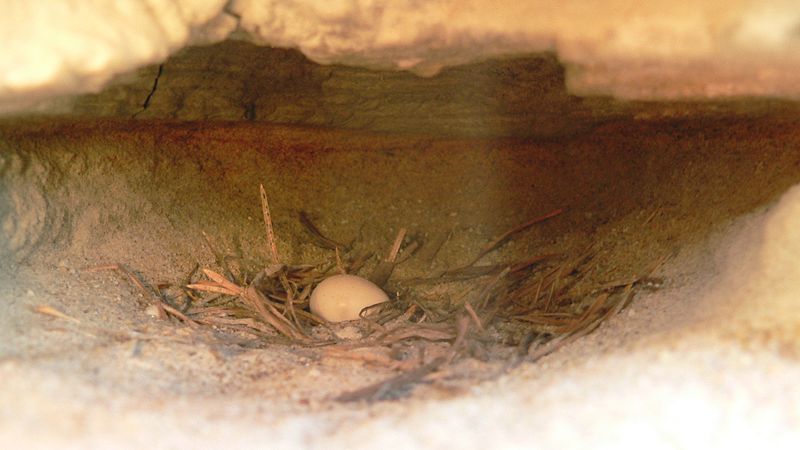

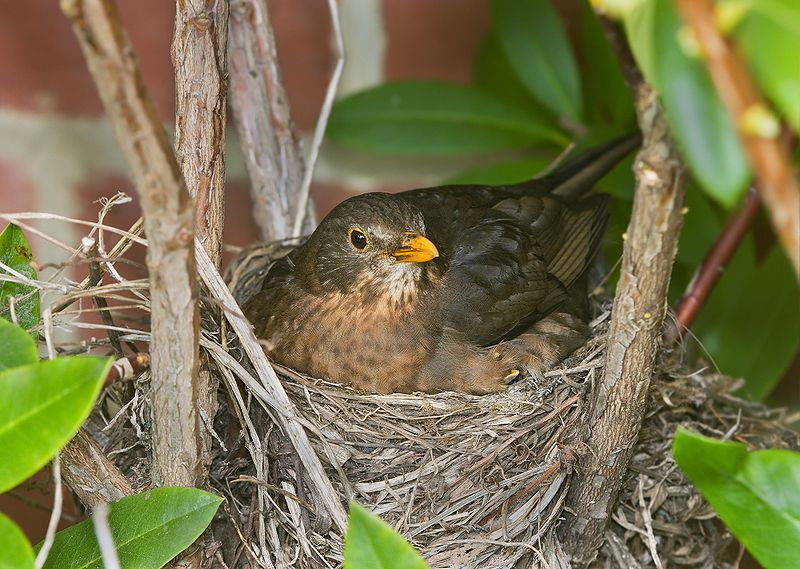
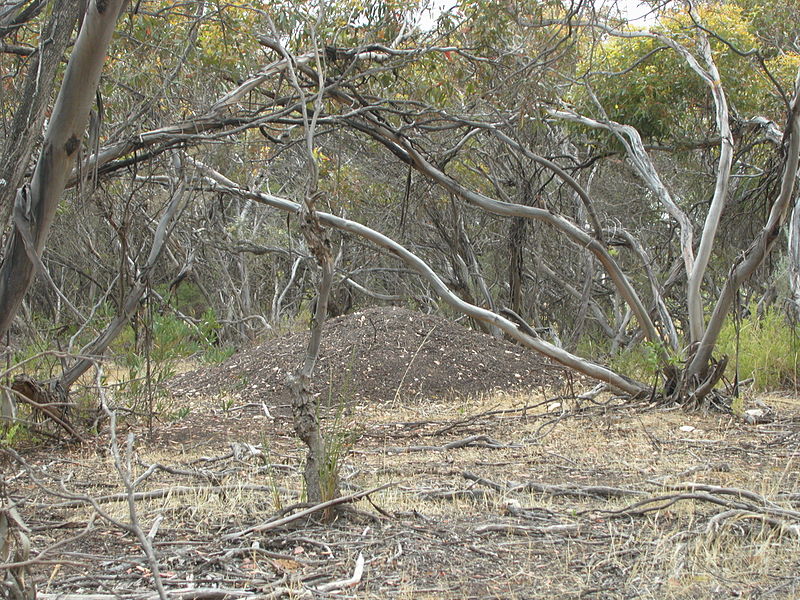

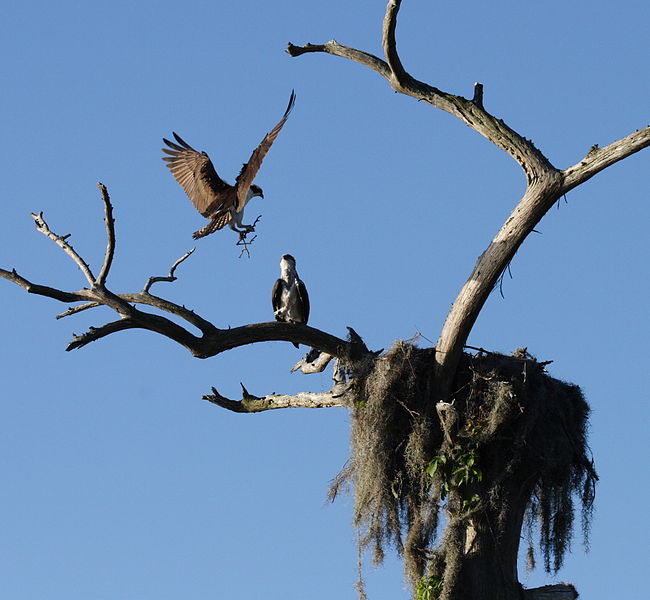
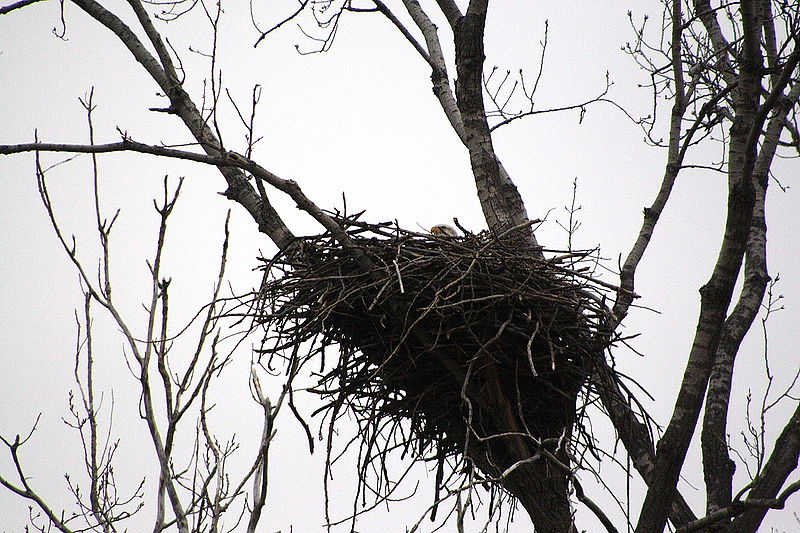
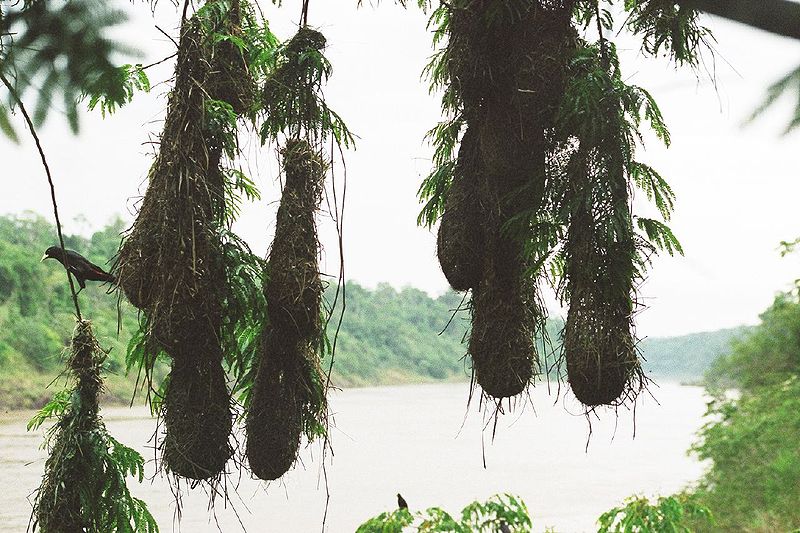
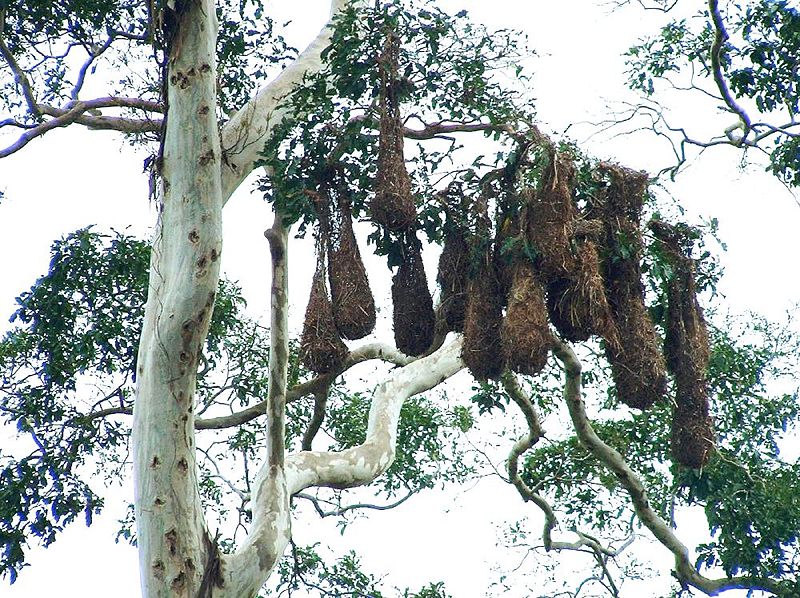
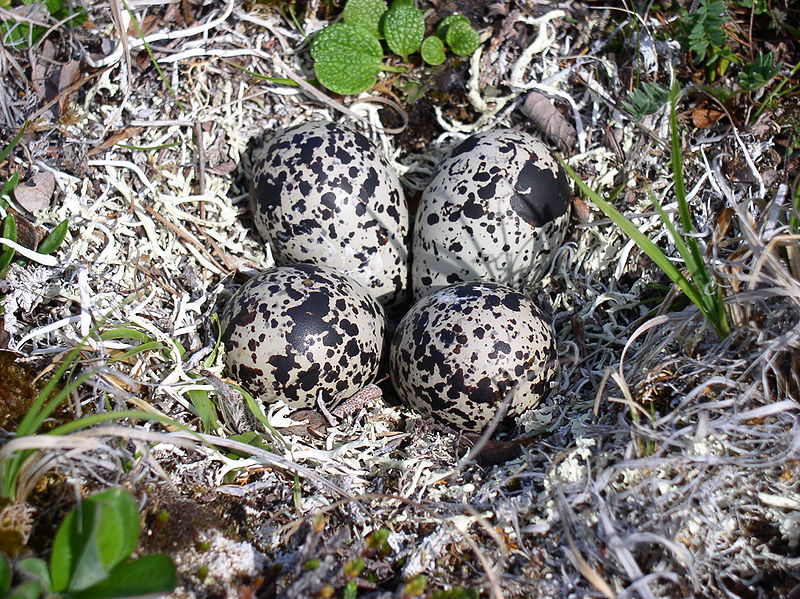
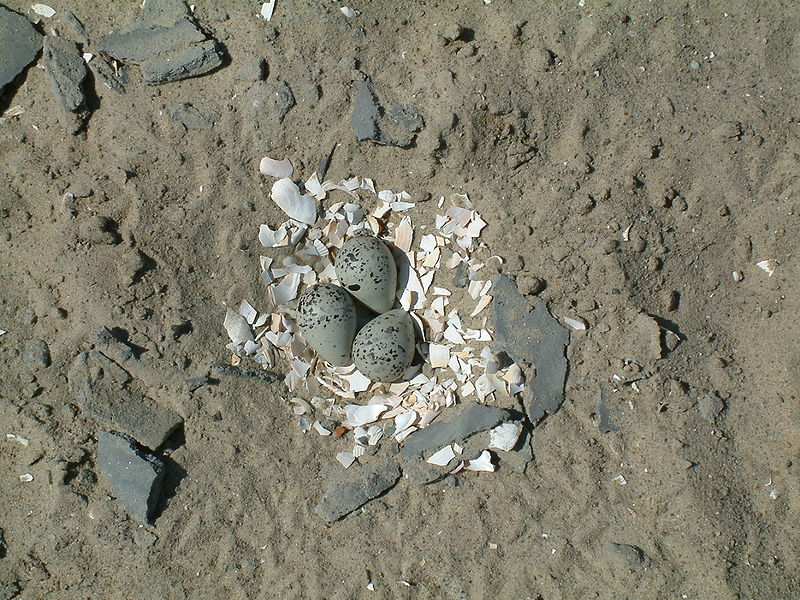

- Amazingly Unique Nesting, Mating And Hatching Behavior Of Birds
Amazingly Unique Nesting, Mating and Hatching Behavior of Birds Some species of birds have unusual way of courting, mating, nesting and even hatching. Here are some of them. Boobies and Gannets Image Source These birds have an unusual way of hatching...
- The Most Beautiful And Spectacular Nests In The World
Nests are important to many birds and other animals to keep their eggs and to provide a place to live or raise offspring. Nests are usually made of some organic material like, grass, leaves, twigs or simply a depression in the ground, or a hole in a...
- Unique Methods Of Building And Construction In The Animal World
Some species of animals have unique methods of creating their homes or in building their nest. What are the materials they used? Let’s find out who are the greatest carpenters and engineers in the animal world. If Termites were like humans, a single...
- Bizarre Nesting And Egg Laying Behavior Of Animals
Here are some peculiar egg-laying and nesting behaviors of some bird species. Potoos Image Source Potoos are unique birds that lay their single egg directly atop a broken stump. They also lay their egg directly into a shallow depression on a branch...
- Names Of Animal Nests
What do you call the different nest of animals? The nest of a Badger is called a “Sett”. Image Source A Sett is a Badger’s den that usually consists of a network of tunnels that can accommodate 15 or more animals, with up to 300 meters of tunnels...
Dogs
Type of Nests of Different Bird Species
There are several types of nests. These include mound, scrape, burrow, cavity, cup, pendant, sphere, saucer and platform. Here are the different types of nest of animals (with photos).
Burrow

Image Source
Many burrow-nesting birds excavate their own burrows while some use those excavated by other animals. Soil plays a different role in the burrow nest; here, the eggs and young—and in most cases the incubating parent bird—are sheltered under the earth.
Common species that build Burrow
White-browed Tits, Common Kingfishers, Burrowing Owls, Burrowing Parakeet, Buff-breasted Paradise Kingfishers, some Crepuscular Petrels and Prions, Crab Plovers, D’Arnaud’s Barbet, Puffbirds, Sand Martins, Puffins, Shearwaters, some Megapodes, Motmots, Todies, Miners, Leaftossers and most Kingfishers.
Cavity

Image Source
Black Woodpecker youngsters in their cavity nest
The cavity nest is a chamber, typically in living or dead wood, but sometimes in the trunks of tree ferns or large cactuses like saguaro. Some species excavate their own cavity nest like woodpeckers, trogons and others while other species use natural cavities or abandoned one like parrots, tits and others
Notable species that nest on cavities
Woodpeckers, Nuthatches, Trogons, Barbets, Parrots, Tits, Bluebirds, Hornbills, some Kingfishers, some Owls, some ducks and some Flycatchers
Cup

Image Source
Cup nest of a Common Blackbird
Cup nests are smoothly hemispherical inside, with deep depression to house the eggs. They are usually made of grass and a few are made of spider silk, mud and saliva. The spider silk is a lightweight material which is strong and extremely flexible, allowing the nest to mold to the adult during incubation (reducing heat loss), then to stretch to accommodate the growing nestlings; as it is sticky, it also helps to bind the nest to the branch or leaf to which it is attached
Popular species that build cup nest
Many Passerines, few non-passerines, some Hummingbirds, some Swifts, Kinglets, Crests, Tyrant Flycatchers, Several New World Warblers
Saucer or Plate
The saucer or plate nest, though superficially similar to a cup nest, has at most only a shallow depression to house the eggs.
Mound

Image Source
Mallefowl mound
Some species of bird bury their eggs for incubation. This type of nest is called Mound. It is constructed using soil, branches, sticks, twigs and leaves. Birds lay their eggs within the rotting mass. The heat generated by these mounds, which are in effect giant compost heaps, warms and incubates the eggs.
Image Source
A Coot Mound
Well-known Species that build Mound
Flamingo, Horned Coot, Mallefowl and Australian Bush Turkey
Platform
Image Source
Platform nests are large structure, often many times the size of the bird which has built them. The platform built by eagles is called eyries. These large nests are often used for many years, with new material added each breeding season.
Image Source
Well-known species that build Platforms
Ospreys, Eagles, Egrets
Pendant

Image Source
Nesting colony of the Red-rumped Cacique (a single bird perched center-left).
Pendant nests are elongated sac woven of pliable materials such as grasses and plant fibers and suspended from a branch. There are several species that weave pendant nests.

Image Source
Nesting colony of Montezuma Oropendolas
Popular species that build Pendant
Caciques, Orioles, Oropendolas, Sunbirds and Weavers
Scrape

Image Source
American Golden Plover’s Scrape nest with four eggs
The simplest nest construction is the Scrape. It is merely a shallow depression in soil or vegetation. This type of nest typically has a rim deep enough to keep the eggs from rolling away. It is sometimes lined with bits of vegetation, small stones, shell fragments or feathers.
Image Source
Popular species that build Scrape
Ostriches, most Tinamous, many Ducks, most Shorebirds, most Terns, some Falcons, Pheasants, Quail, Partridges, Bustards and Sandgrouse, Lesser Nighthawks and the Red-tailed Tropicbird, Marbled Godwits, Three-banded Courser and Egyptian Plover.
Sphere

Image Source
The Sphere nest is a roundish structure; it is completely enclosed, except for a small opening which allows access. One notable maker of sphere nest is the Thick-billed Weaver.
See also
- The Most Beautiful and Spectacular Nests in the World
- Amazingly Interesting Facts About Peculiar Birds’ Nests
- Amazingly Unique Nesting, Mating and Hatching Behaviors of Birds
- Names of Animal Nests
- Interesting Things About Birds
- Amazing Facts About Owls
- Amazingly Unique Nesting, Mating And Hatching Behavior Of Birds
Amazingly Unique Nesting, Mating and Hatching Behavior of Birds Some species of birds have unusual way of courting, mating, nesting and even hatching. Here are some of them. Boobies and Gannets Image Source These birds have an unusual way of hatching...
- The Most Beautiful And Spectacular Nests In The World
Nests are important to many birds and other animals to keep their eggs and to provide a place to live or raise offspring. Nests are usually made of some organic material like, grass, leaves, twigs or simply a depression in the ground, or a hole in a...
- Unique Methods Of Building And Construction In The Animal World
Some species of animals have unique methods of creating their homes or in building their nest. What are the materials they used? Let’s find out who are the greatest carpenters and engineers in the animal world. If Termites were like humans, a single...
- Bizarre Nesting And Egg Laying Behavior Of Animals
Here are some peculiar egg-laying and nesting behaviors of some bird species. Potoos Image Source Potoos are unique birds that lay their single egg directly atop a broken stump. They also lay their egg directly into a shallow depression on a branch...
- Names Of Animal Nests
What do you call the different nest of animals? The nest of a Badger is called a “Sett”. Image Source A Sett is a Badger’s den that usually consists of a network of tunnels that can accommodate 15 or more animals, with up to 300 meters of tunnels...
